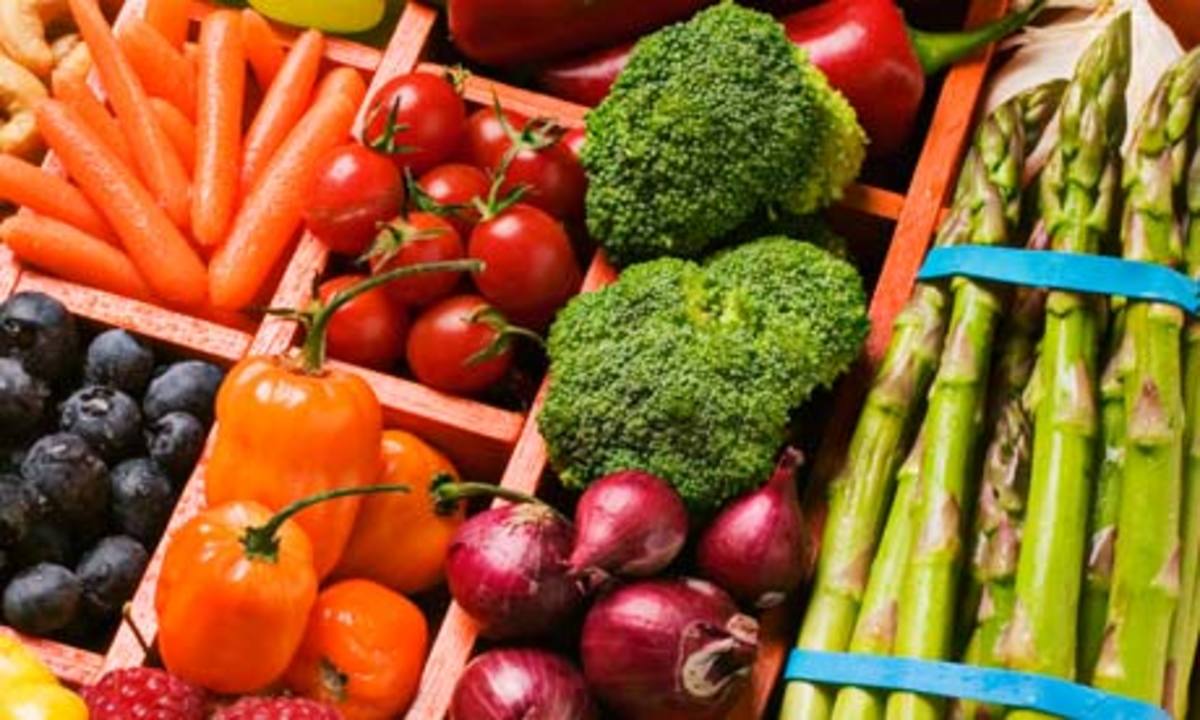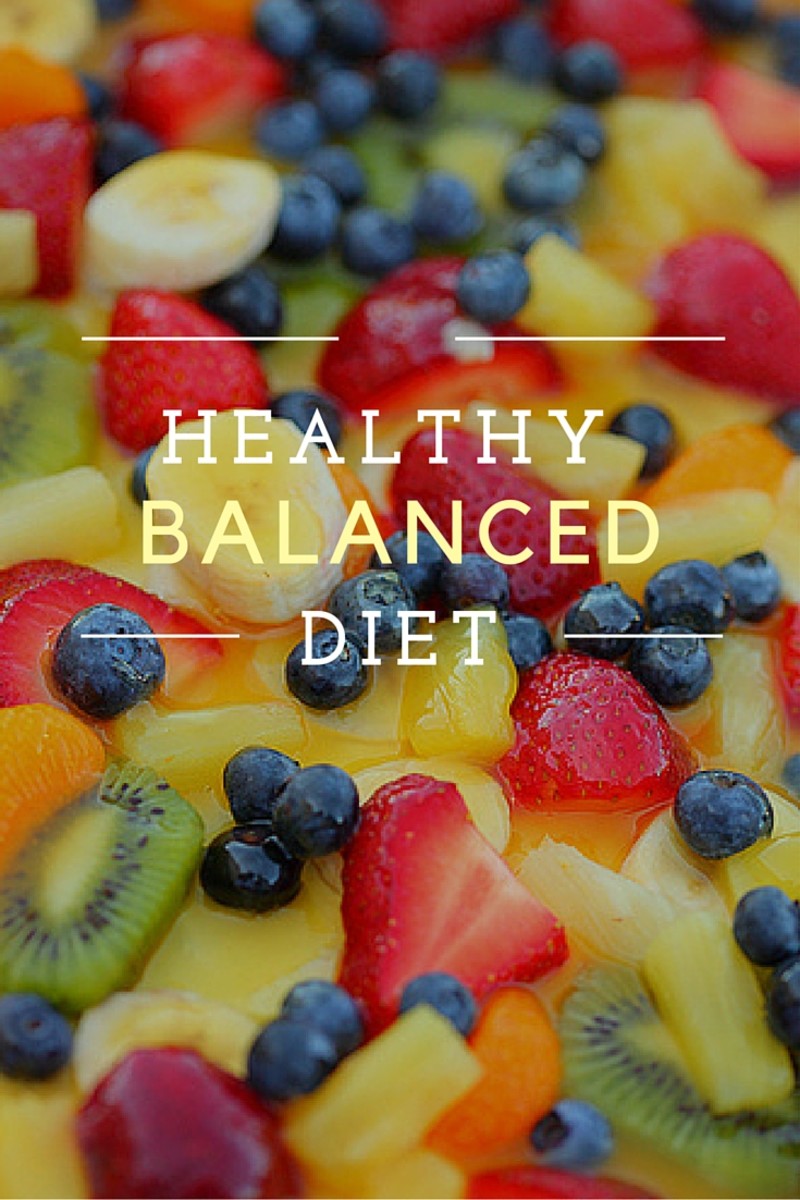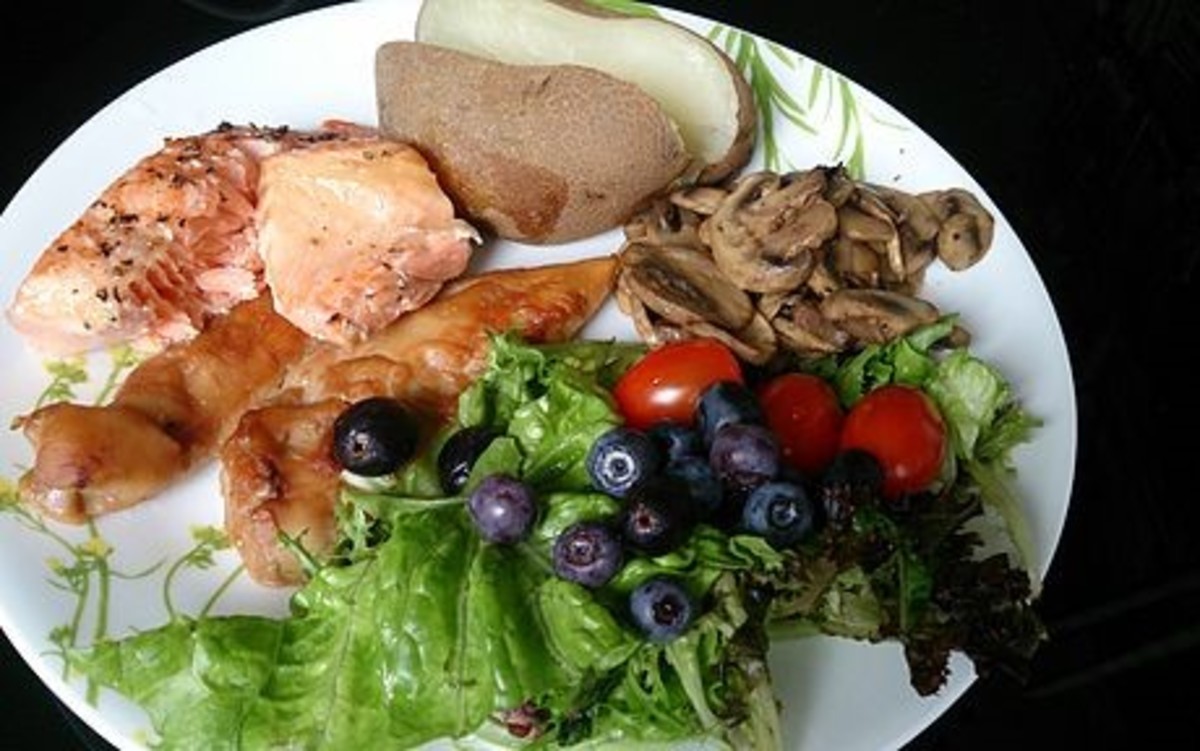How to Eat a Balanced Diet
Why do you Need a Balanced Diet
Many chronic health problems, such as obesity, coronary heart problems, diabetes etc, could well be the result of a lack of balance in your diet. A well balanced diet is your ticket to health and happiness. A balanced diet contains different types of food in adequate quantities, with all the necessary nutrients needed for healthy growth and an active life. A well balanced diet should contain a balance of macro-nutrients and micro-nutrients. Macronutrients include fats, carbohydrates and proteins, which provide the calories to meet the energy needs of the body. Micro-nutrients, on the other hand, are necessary to maintain biological functions of vital organs and help guard against diseases. Eating a variety of foods helps you to get all these nutrients into your diet. The trick is to maintain the right balance without having too much or too little of some kinds of food.

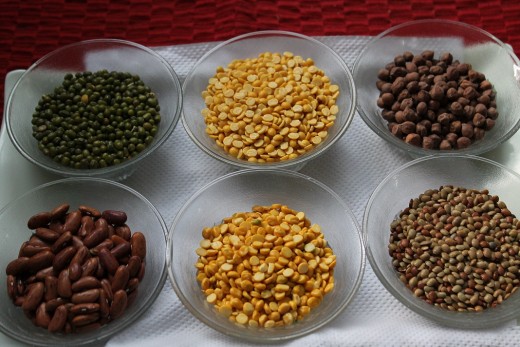
How to Eat a Well Balanced Diet?
1. Carbohydrates: Daily requirement: 300-500 gm/day
Base your meals on carbohydrates like bread, pasta, rice, potatoes and cereals. These provide you the energy for functioning actively throughout your day. This part of your meal should not be more than one third of your daily requirement. When you choose foods in this group, it would be beneficial to your health to avoid refined foods and choose those foods that consist of whole grains. Processed and refined foods are low in fibre and nutrients, which are so important for the proper functioning of the body. Fibre helps cleanse the system of unwanted fats and toxins. It prevents obesity, cardiac problems and helps maintain healthy blood pressure and blood glucose levels.
2. Fruits and vegetables: The next important part of your diet should consist of fruits, green leafy vegetables, and legumes. This again should comprise another third of your meal. Fruits and vegetables should form a part of every meal. In fact, you should make it a healthy habit to snack on fruits and vegetables between meals, since they provide all the micronutrients without the excess fats and calories. They also provide the much-needed dietary fibre for the body.
Dietary fibres constitute food substances (particularly carbohydrates) which are not digested by the body. These fibers absorb water, facilitate intestinal movement, and have a role in weight reduction and lowering of cholesterol. A deficiency of fiber leads to constipation, heart diseases and gallstones.
Sources: Whole wheat, whole pulses (edible seeds) and the skins of fruits and vegetables.
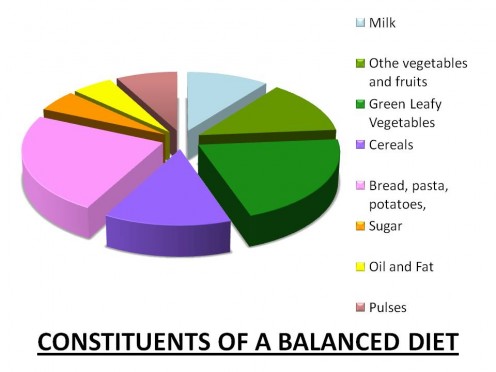
3. Milk and dairy foods should form the next part of your diet. It is best to use skimmed milk or low fat milk to avoid the excess fat in homogenized milk. Vegans, or those with lactose intolerance and others who simply do not like the taste of milk, could substitute milk products with soy products. This is an important part of your diet, as your body needs calcium for healthy bones, teeth and other vital functions.
4. Proteins: This food group includes both animal and plant sources of protein, which is a major functional and structural component of all cells. Animal sources are milk and its products, eggs, meat and fish, while plant sources include pulses, cereals, dry fruits, nuts and beans. Proteins normally meet only about 10-15% of the body’s energy needs, as their main role is to build up new tissues during the period of growth and in pregnancy. They are also essential for the repair and maintenance of worn out body tissues.
A good way to increase your protein intake is to include more fish or poultry. You might consider avoiding red, fat-laden meats and switching to lean meats. Eating at least five servings of fish a week keeps you healthy and strong. However, it is also important to note that protein intake more than about 1 gram per kg of body weight results in increased fat deposits and its associated risks.
5. Fats: Fats improve the taste of food, they are essential for absorption of vitamins, provide support to the body’s internal vital organs and insulation against cold. They are also a source for essential fatty acids, which promote growth, maintain healthy skin and reduce blood cholesterol. The daily requirement for fat is 10-20 gm per day.
However, it is important to cut down on saturated fats and sugar. Switch to good healthy oils, but try to keep down the amount of oil you use in your cooking. Remember that you get more calories from fats than other food groups. One gram of fat gives you nine calories – two times what you would get from eating the same amount of protein or carbohydrates.
Dietary Requirements for Various Age Groups
Activity Level b
| Activity Level c
| Activity Level d
| ||
|---|---|---|---|---|
Gender
| Age (years)
| Sedentary b
| Moderately Active c
| Active d
|
Child
| 2–3
| 1,000
| 1,000–1,400
| 1,000–1,400e
|
Female
| 4–8
| 1,200
| 1,400–1,600
| 1,400–1,800
|
9–13
| 1,600
| 1,600–2,000
| 1,800–2,200
| |
14–18
| 1,800
| 2,000
| 2,400
| |
19–30
| 2,000
| 2,000–2,200
| 2,400
| |
31–50
| 1,800
| 2,000
| 2,200
| |
51+
| 1,600
| 1,800
| 2,000–2,200
| |
Male
| 4–8
| 1,400
| 1,400–1,600
| 1,600–2,000
|
9–13
| 1,800
| 1,800–2,200
| 2,000–2,600
| |
14–18
| 2,200
| 2,400–2,800
| 2,800–3,200
| |
19–30
| 2,400
| 2,600–2,800
| 3,000
| |
31–50
| 2,200
| 2,400–2,600
| 2,800–3,000
| |
51+
| 2,000
| 2,200–2,400
| 2,400–2,800
| |
b Sedentary - a lifestyle that includes only the light physical activity associated with typical day-to-day life.
| c Moderately active - a lifestyle that includes physical activity equivalent to walking about 1.5 to 3 miles per day at 3 to 4 miles per hour, in addition to the light physical activity associated with typical dayto-day life
| d Active means a lifestyle that includes physical activity equivalent to walking more than 3 miles per day at 3 to 4 miles per hour, in addition to the light physical activity associated with typical day-to-day life.
|
Source: HHS/USDA Dietary Guidelines for Americans, 2005
a These levels are based on Estimated Energy Requirements (EER) from the Institute of Medicine Dietary.
To calculate your BMR
English BMR Formula
Women: BMR = 655 + ( 4.35 x weight in pounds ) + ( 4.7 x height in inches ) - ( 4.7 x age in years )
Men: BMR = 66 + ( 6.23 x weight in pounds ) + ( 12.7 x height in inches ) - ( 6.8 x age in year )
Metric BMR Formula
Women: BMR = 655 + ( 9.6 x weight in kilos ) + ( 1.8 x height in cm ) - ( 4.7 x age in years )
Men: BMR = 66 + ( 13.7 x weight in kilos ) + ( 5 x height in cm ) - ( 6.8 x age in years )
Source Harris Bennet Equation
Make the Balanced Diet even more Effective
- Cut down on salt: Your salt intake should not exceed 6 grams per day. Excessive intake of salt could cause problems such as hypertension and increased blood volume, which could weaken your heart.
- Water: Choose water if you are thirsty or hungry. Cut down on sodas, and caffeinated drinks as they only give you empty calories. Water is the medium in which most of the chemical reactions of the body take place. More than 70% of the body is water, and loss of even 10% of total body fluids makes a person feel extremely tired and lacking in energy. Exercise is important: A balanced diet alone is not enough. You need to maintain an active life and maintain a healthy lifestyle.
- Skipping breakfast or any other meal is not a great idea: You would end up being tired and eat more at the end of the day, thereby storing more fat. This could also reduce your metabolic rate and cause you to add more weight.
Eat Healthy
Some people believe that it is expensive to eat a healthy, balanced diet. It can be even cheaper than eating out if you chose wisely and learn to cook your own meals.
You need to try different kinds of foods; this not only makes meal times more fun, but also brings about a balance. This helps you to get different groups of micronutrients into your diet. Change and variety makes cooking and eating more enjoyable. Trying out different healthy recipes makes eating at home a better experience.
Take care of portion sizes. There is a lot of wisdom in the general advice to use a small plate. A small plate gives you the feeling that you have more than enough food. Visual satisfaction is more important, you would generally feel full when your mind tells you so.
Chewing you food thoroughly and eating slowly is another way to feel full. After fifteen minutes, your mind would tell you that you have had enough, so it is important to chew slowly through the first fifteen minutes of your meal. This also helps avoid indigestion and heartburn (acid reflux).
Harris Benedict Formula
To determine your total daily calorie needs, multiply your BMR by the appropriate activity factor
- If you are sedentary (little or no exercise) : Calorie-Calculation = BMR x 1.2
- If you are lightly active (light exercise/sports 1-3 days/week) : Calorie-Calculation = BMR x 1.375
- If you are moderatetely active (moderate exercise/sports 3-5 days/week) : Calorie-Calculation = BMR x 1.55
- If you are very active (hard exercise/sports 6-7 days a week) : Calorie-Calculation = BMR x 1.725
- If you are extra active (very hard exercise/sports & physical job or 2x training) : Calorie-Calculation = BMR x 1.9
Points to keep in mind while Planning a Balanced Diet
Here are some simple steps to help you go about planning a healthy, balanced diet every day.
- List the food items, which you would enjoy or like to use from each food group.
- Buy beans, cereals, whole grains etc., in bulk, and stock up. This will help you save yourself some money. You would find that soaking the beans, such as chickpeas overnight will reduce cooking time and you would have fresh food on the table without much trouble.
- Stock your fridge with vegetables and fruits. You need to include them in every meal. Piling up your plate with vegetables and fruits would help you maintain your ideal weight. Using seasonal vegetables and fruits not only helps in reducing the cost of eating a well balanced diet, but it would also provide you with a wider range of fresh micronutrients.
- Understand your daily calories requirement. This needs to be calculated based on your height, weight, age, activity level and gender. Here is a simple tool to help you calculate your BMR or Basal Metobolic Rate based on which you detrermine your daily calorie requirements. Now that you have determined your BMR you can use the table here to calculate your daily calorie requirements.
- Make a list of the menus for the week. While planning your menu, rotate the ingredients or have a variety of ingredients to make your meals more interesting. Try new ways of cooking. You could perhaps get yourself a good cookbook of healthy recipes. Experimenting with new ingredients and styles of cooking could make your meals interesting. You could check out the USDA 7 day menu plan and base your menus on them. You need not necessarily follow the same menus, just substitute food items from your list.
- If you have been used to eating unhealthy food, or find it difficult to change over completely, you could gradually add in a few good elements until you switch over to a healthy diet.
Eating a well balanced diet is an investment into your health and future. Obesity, cardiac problems and diabetes are some of the biggest problems in most parts of the world today. Switching to a well balanced diet could take care of these, while helping you live a full life. Choose health today; choose a well balanced diet.



